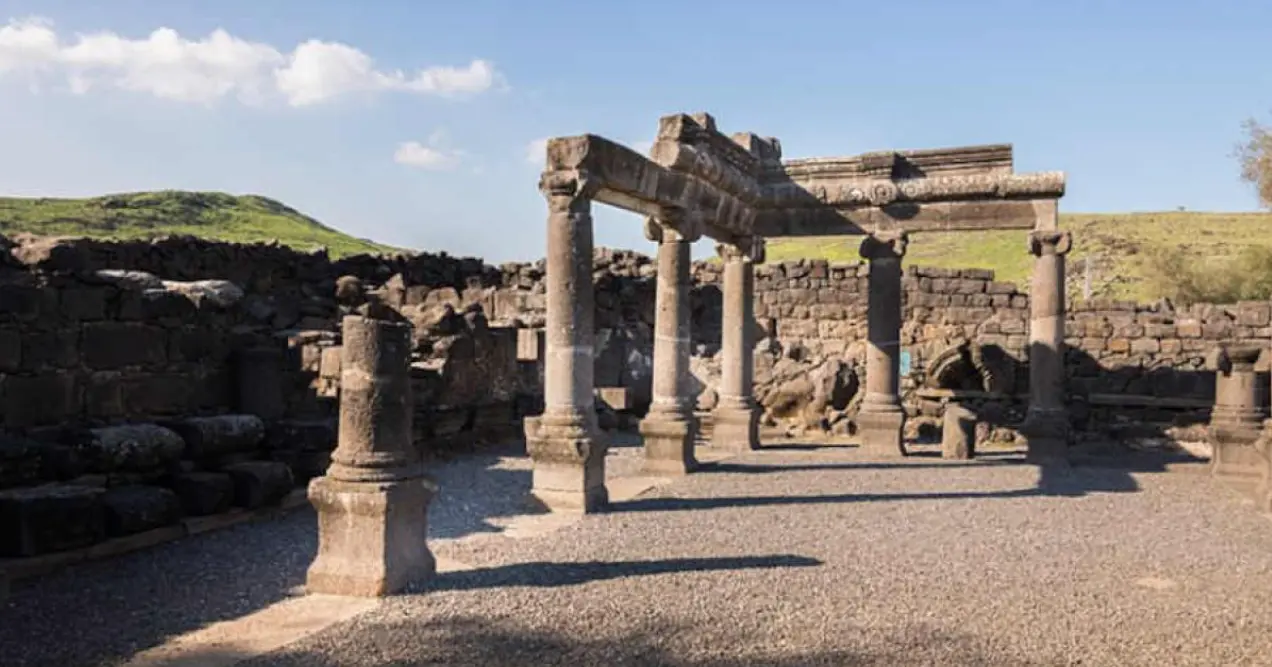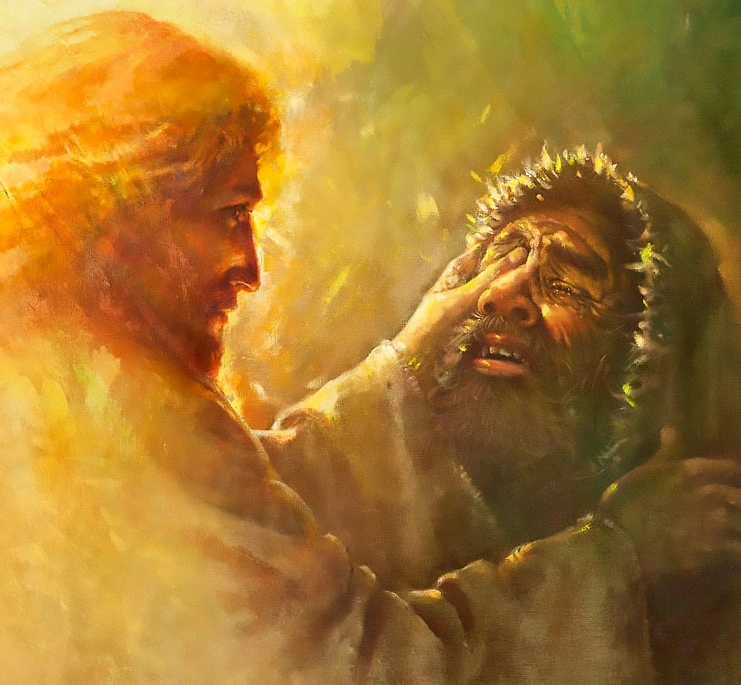Archaeologists may have discovered the long-lost temple where Jesus is believed to have performed healing miracles, marking a significant breakthrough in Biblical history.
The New Testament mentions Jesus preaching and healing the sick in a synagogue in Chorazin, an ancient city in Israel.
While ruins of a temple from the 3rd and 4th centuries have been found in Chorazin, there was no evidence of a temple from Jesus’ time—until now. This new discovery could confirm that a temple existed at this site during the time of Christ.
The discovery was made by Achia Cohen-Tavor and his team from Dagesh Tourist Archaeology, who consider it one of the most important finds of their careers.

While excavating the ruins of the known synagogue, the team uncovered an even older temple buried beneath the floor.
As they removed the ancient flooring, they found massive boulders arranged in a deliberate pattern, indicating the site’s ancient significance, according to The Daily Mail.
Chorazin, now part of Korazim National Park in northern Israel, has long been a destination for Jewish pilgrims. Historical records suggest an important temple was located there.
Though a synagogue dating back to 380 AD was found in the early 1900s, no evidence had linked the site to the time of Jesus—until this recent find.
In a YouTube video, Cohen-Tavor explained the significance of the discovery, which took place in 2022.
He mentioned that while they can’t date the rocks themselves, the pottery, coins, and other artifacts found between the stones could help date the synagogue’s construction to the first century, which aligns with the time Jesus would have been there.

The site is located about two miles from Capernaum and still bears traces of the ancient path that Jesus might have walked, according to Donknebel.
This discovery also sheds light on a passage from the Book of Matthew, where Jesus is said to have taught in the synagogue at Chorazin. The town was later cursed by Jesus after the locals rejected His teachings, along with neighboring Bethsaida.
In the Bible, the passage reads: “Then he began to denounce the cities in which most of his mighty works had been done, because they didn’t repent. ‘Woe to you, Chorazin! Woe to you, Bethsaida! For if the mighty works done in you had been done in Tyre and Sidon, they would have repented long ago in sackcloth and ashes.’”
Tyre and Sidon were considered pagan cities at the time. The first discovery of the 3rd-century synagogue in 1905 happened in what is now Korazim National Park. Cohen-Tavor suggested that earlier excavations may have mistaken the massive boulders for natural bedrock, leading them to overlook the first-century ruins.

The nearby synagogue, built with basalt stones and decorated with Jewish symbols, had three entrances, with the main one facing south toward Jerusalem, as was customary.
Earlier excavations also uncovered a stone seat called the Chair of Moses, where the Torah reader would sit.
This chair, mentioned in the Bible, has also been found in other early synagogues, such as those on the island of Delos in Greece and at Hammath Tiberias near the Sea of Galilee. It’s likely that when Jesus taught in Galilean synagogues, He used such a seat, reserved for those in authority.
This discovery could soon confirm that the temple where Jesus preached and performed miracles in Chorazin was indeed real. The archaeological team believes the artifacts found will provide the proof needed to confirm this significant historical connection.
Watch Full Video –
Johnny specializes in content related to Jesus, the Bible, and religious topics. With a profound understanding of spirituality, Johnny’s articles are both insightful and inspiring, guiding readers through the complexities of faith.




